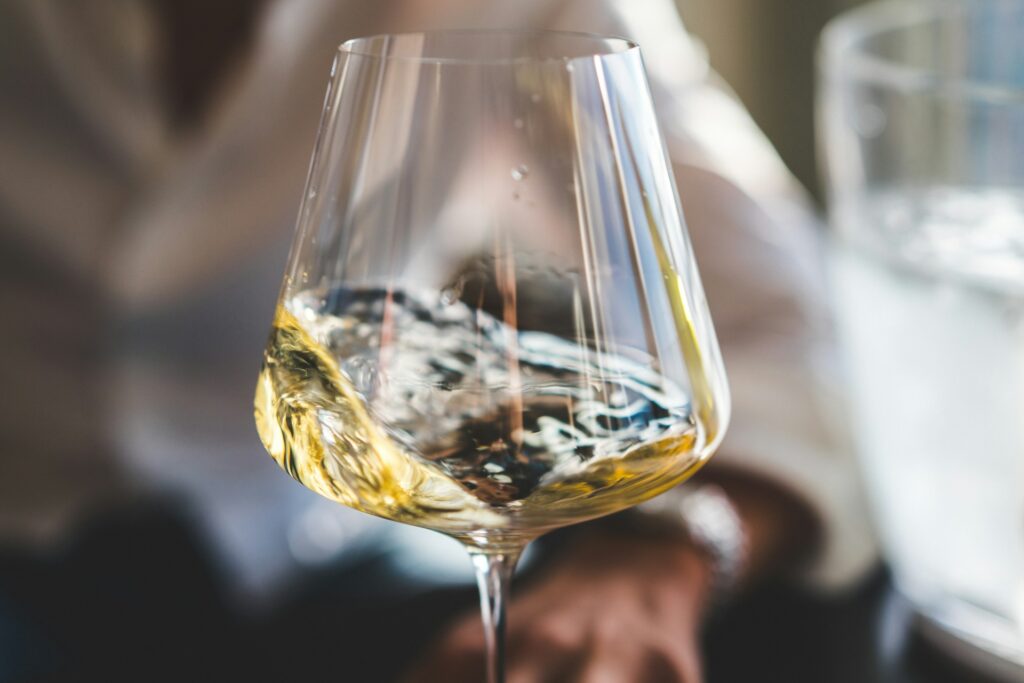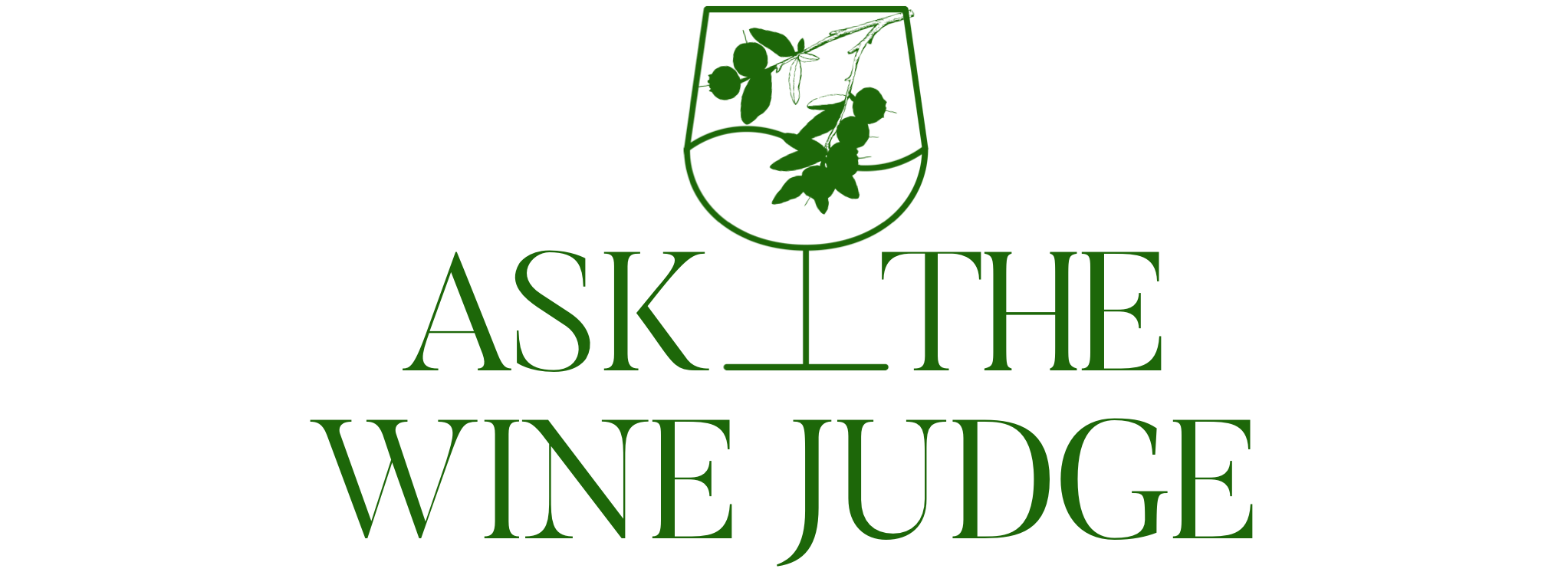Table of Contents
Ensuring you store white wines at the right temperature is crucial for maintaining their delicate flavors and aromas. The ideal conditions for storing your wine include temperature, relative humidity, and short-term storage strategies. This comprehensive guide will help you create the perfect environment for your white wine collection.
3 Key Takeaways from the Topic
Firstly, storing your wine at the proper temperature is not just about preservation; it’s about experiencing the wine properly when that special moment comes. Secondly, wine storage temperatures are not universal; they vary based on the type of wine, with white wines requiring cooler conditions. Lastly, understanding the balance between short-term and long-term storage can ensure your white wine remains in impeccable condition whenever you choose to enjoy it.
Optimal Storage Conditions for White Wine
The optimal storage conditions for white wine involve maintaining a consistent, cool temperature, essential for preserving its delicate flavors.
Ideal Temperature Range for White Wine Preservation
For white wine preservation, the ideal temperature range is typically between 45 to 50 degrees Fahrenheit, with sparkling varieties favoring a slightly cooler range of 40 to 45 degrees. What’s your go-to temperature for chilling your favorite white?
Long-Term vs Short-Term White Wine Storage Considerations
When considering long-term storage, white wines should rest at a constant temperature, while short-term storage can be more flexible, allowing for a range to suit immediate drinking preferences. How do you balance your long-term collection with the wines you plan to enjoy soon?
Factors Affecting White Wine Storage Stability
Beyond temperature, factors such as light exposure and movement can disrupt a wine’s stability, potentially altering its taste and aging process.
Humidity, Light, and Vibration: Additional Influences on White Wine Storage
Maintaining the right relative humidity is as important as the cool temperature, ideally between 50-70%. Minimizing exposure to light and vibration is also vital for preserving the wine’s integrity. Have you considered these factors in your wine storage solutions?

Technological Aids for Wine Storage
Technological innovations have made it easier to maintain optimal temperatures for wine storage, ensuring every bottle is kept in prime condition until it’s time to uncork.
Wine Refrigerators and Their Role in Maintaining Optimal Temperatures
Wine refrigerators play a crucial role in maintaining optimal temperatures for wine storage, providing a controlled environment that you can fine-tune to suit different types of wine. How has a wine refrigerator changed the way you store and enjoy your wine?
Innovative Wine Storage Solutions and Accessories
Our passion for wine drives us to seek out innovative solutions to preserve its quality. Have you noticed how a wine cabinet not only elegantly displays your collection but also maintains the precise climate to keep the wine stored at its best? Or how does the right wine rack minimize vibration, which could otherwise damage the wine? These accessories are crucial in preventing the cork from drying out, ensuring each bottle remains sealed and savory until it’s time to celebrate.
Best Practices for Storing White Wine At Home
Ensuring your white wine’s longevity involves more than just finding a cool spot. Long-term storage calls for consistency, where the temperature remains steady. If bottles of wine experience fluctuations, it can ruin the wine, altering its intended flavor and aroma. When storing wines at home, it’s essential to find a location away from heat sources and light, setting the stage for your wines to mature gracefully.
Simple Tips to Achieve Ideal White Wine Storage Temperatures
Have you ever wondered how to keep your white wine at just the right temperature? It’s simpler than you might think. Whether it’s storing your white in wine coolers or a dedicated section of your refrigerator, the goal is to maintain that sweet spot between 45-50 degrees Fahrenheit for serving your wine with the best expression of its character.
The Role of Insulation and Location in At-Home Wine Storage
Choosing the right spot at home to store your white wine can make all the difference. A well-insulated basement, for instance, can provide the optimum storage temperature without the need for costly equipment. But if that’s not an option, even a dark closet can be suitable when combined with a wine fridge to guard against temperature fluctuations. What matters most is that the wines are best served after being kept in a stable environment.
Serving White Wine: Temperature Tips for Optimal Enjoyment
When it’s time to serve, personal preference plays a role, but did you know there’s a science to it? White wines are served slightly chilled to enhance their wine flavors. A bottle of wine like Cabernet Sauvignon might be too overpowering if served too warm, while a delicate Pinot Noir can lose its subtlety if too cold. Aim to chill your white wine for about 30 minutes in the wine fridge before serving for that perfect sip.
What Temperature Should White Wine Be Served At?
Uncorking that bottle of white wine, you might ask yourself, “Am I serving this at the right temperature?” It’s a common question with a simple answer: wine should be served between 45-50 degrees Fahrenheit. This range allows the wine’s aromas and flavors to unfold beautifully without being masked by excessive chilliness or warmth.
Cooling White Wine to Perfection Before Serving
Have you ever been eager to serve a bottle of white wine only to find it’s not quite cool enough? Here’s a tip: place the wine bottles in the freezer for a quick chill. But be careful—not too long! Approximately 30 minutes should suffice. And remember, storing and serving wine is a delicate balance; served chilled, but never too cold, lest it mutes the intricate flavors we so cherish.
Troubleshooting Common White Wine Storage Issues
Are you facing challenges with keeping your white wine at just the right temperature? Sometimes, despite our best efforts, temperature fluctuations can ruin a bottle. The key is to monitor your storage environment regularly and to have a contingency plan, such as a backup cooler or insulated space, to protect your precious vintages from the unpredictable.
How to Recognize and Respond to Temperature Fluctuations
Staying vigilant about the conditions in which your white wine is stored can prevent surprises. Should you notice a fluctuation, act quickly to stabilize the environment. This might mean adjusting your thermostat, moving your collection to a cooler spot, or investing in a wine fridge dedicated to long-term wine storage, where the temperature remains consistent.
Solutions for Overcoming Challenges in White Wine Storage
When you encounter issues with storing your white wine, don’t despair. There are practical solutions to maintain that perfect chill. Consider acquiring a dual-zone wine fridge, which allows you to set different temperatures for different wines. It’s also wise to invest in a hygrometer to keep an eye on humidity levels, ensuring your storage space remains ideal for your collection.

Addressing Misconceptions and Common Concerns
Let’s dispel some myths, shall we? One might think that all wines improve with age, but did you know that most whites are best enjoyed within a few years of release? Or that storing wine next to your laundry room can introduce unwanted vibrations that affect the wine’s quality? We’re here to clear up these misunderstandings and set you on the right path.
Expert Advice on Wine Storage Temperature
Seeking wisdom on the ideal temperature to store your white wine? Look no further. Experts agree that keeping white wine slightly cooler than red enhances its freshness and crispness. Aim for a range between 49-55 degrees Fahrenheit for whites, slightly lower than the 55-65 degrees suggested for reds. This subtle difference can elevate your wine experience from good to exceptional.
Charting the Course: Wine Storage Temperature Guidelines
When we store our white wine, temperature matters. It’s the silent guardian of flavor, the invisible fence against the risk of aging too rapidly. Have you ever wondered why practices for storing wine emphasize temperature so much? It’s because keeping white wine at the right temperature ensures that when we’re ready to unwind with a glass, the wine will be at its best.
White Wine Temperature Chart: A Visual Aid for Collectors
Imagine a map that guides you to treasure, only this treasure is the perfect sip of white wine. Our white wine temperature chart serves as that map for collectors. It’s a visual aid that marks the sweet spot, where the cool whispers of the cellar meet the warmth of your home, ensuring every bottle is stored in harmony with its essence.
The Journey of Wine Storage: From Vineyard to Glass
The story of a wine’s journey is one of meticulous care from vineyard to glass. Each bottle is a time capsule, where grapes transform into wine, and wait patiently for their moment. And when that moment arrives, because we’ve stored them under the right conditions, the flavors are as vibrant and inviting as a warm welcome home.
Storing Wine with Care: A Story of Preservation and Patience
In the world of wine, patience isn’t just a virtue; it’s a requirement. Storing wine with care is about preserving the narrative of each vintage, each vineyard. It’s a commitment to the slow dance of maturation, where every moment your bottle spends in the right conditions adds a note to its eventual symphony of flavors.
Embracing a Lifestyle of Wine Appreciation
Embracing a lifestyle of wine appreciation is like adding a new color to life’s palette. It’s about more than enjoying a drink; it’s about celebrating the journey of flavors, the craftsmanship of winemakers, and the joy of sharing a bottle with friends. It’s about making memories around the table, one glass at a time.
How Proper Wine Storage Elevates Your Culinary Experience
Have you ever noticed how a well-preserved wine complements a meal? Proper storage elevates your culinary experience, making every bite, every sip, a harmonious event. It’s the difference between a good meal and an unforgettable one. How do you create these experiences at home? It starts with a sip and a well-stored bottle.
Securing the Bouquet: A Conclusion on White Wine Storage
As wine professionals, we understand the delicate dance of securing the bouquet. We know that temperature and humidity-controlled environments are key to preserving the integrity of white wine. It’s about more than just avoiding spoilage; it’s about honoring the wine’s journey, ensuring the final glass is as the winemaker intended.

Wrapping Up the Essence of White Wine Temperature Control
So, we’ve navigated the nuances of temperature control, from the vineyards of Paso Robles to our traditional refrigerator. We’ve learned to dodge temperature swings and shun exposure to light, all to protect the flavor profile of our cherished whites. Are you ready to put these lessons into practice and savor the true essence of your white wines?

Sed non elit aliquam, tempor nisl vitae, euismod quam. Nulla et lacus lectus. Nunc sed tincidunt arcu. Nam maximus luctus nunc, in ullamcorper turpis luctus ac. Morbi a leo ut metus mollis facilisis. Integer feugiat dictum dolor id egestas. Interdum et malesuada fames ac ante ipsum primis in faucibus.




